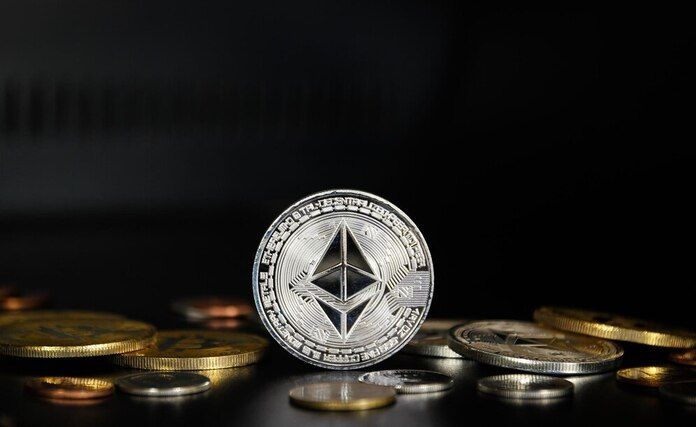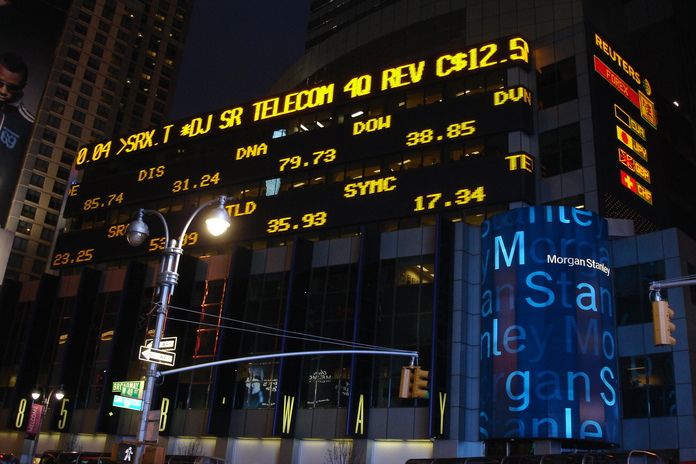Ether Soars 10% to $3.4K on Bloomberg’s ETF Odds

In a significant market move, the price of ether (ETH) surged more than 10% to $3.4K after Bloomberg analysts substantially increased the likelihood of the U.S. Securities and Exchange Commission (SEC) approving spot ETH exchange-traded funds (ETFs). Previously, markets had largely anticipated SEC rejections of proposed funds this week.
Eric Balchunas, Bloomberg’s Senior ETF Analyst, tweeted that he and colleague James Seyffart raised their odds of spot Ether ETF approval to 75%, up from a mere 25%. Balchunas noted a change in sentiment within the SEC, suggesting a potential shift in the regulatory stance on what he termed an “increasingly political issue.” The sudden alteration caught many by surprise, leading to a flurry of activity as investors reassessed their positions.
The SEC faces imminent deadlines for final decisions on spot ETF approvals or denials, following multiple delays in reaching determinations on these funds.
The surge in ETH prices also lifted Bitcoin (BTC), which gained over 5% and approached the $70,000 threshold. Additionally, the Grayscale Ethereum Trust (ETHE), a closed-end fund that Grayscale seeks to convert into a spot ETF, experienced notable movement. ETHE, which had been trading at a significant discount to its net asset value as investors speculated on SEC disapproval, surged more than 23% on Monday in response to the optimistic outlook for spot ETH ETF approval.
Featured Image: Freepik








